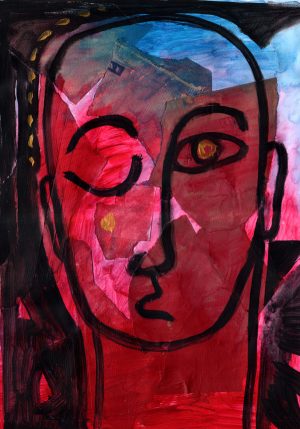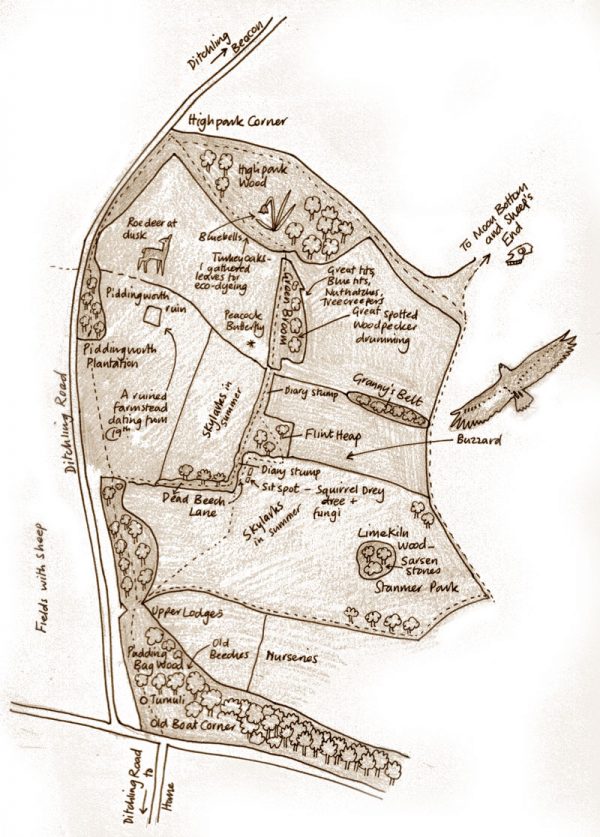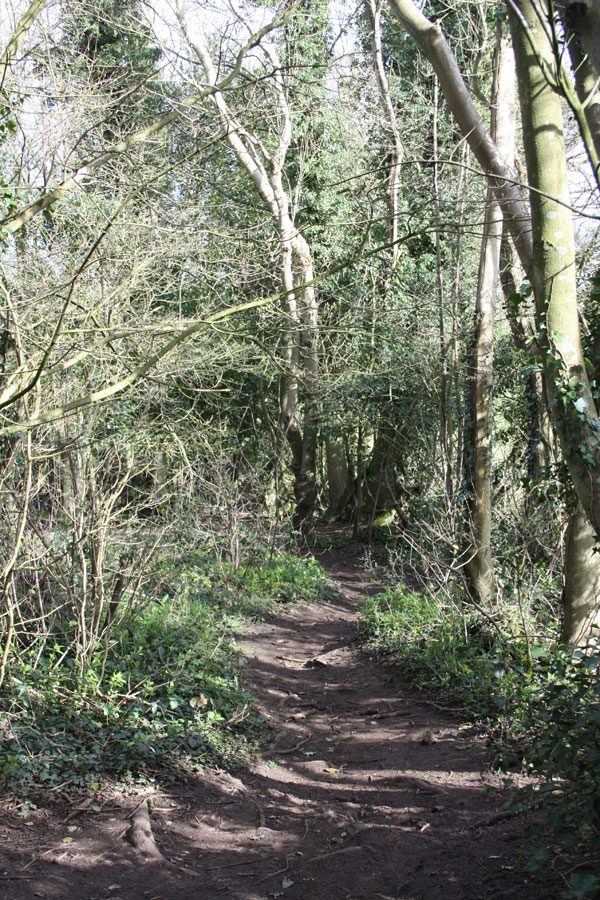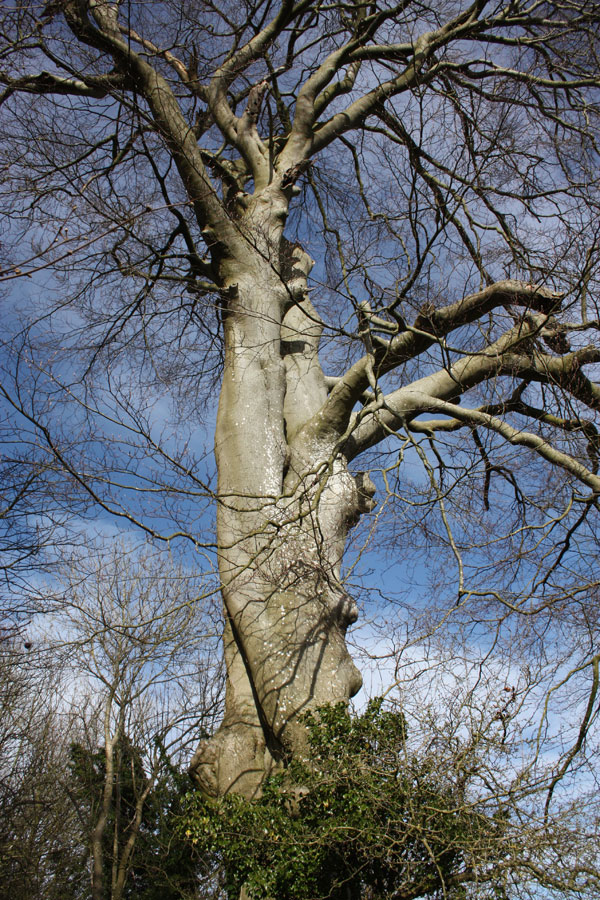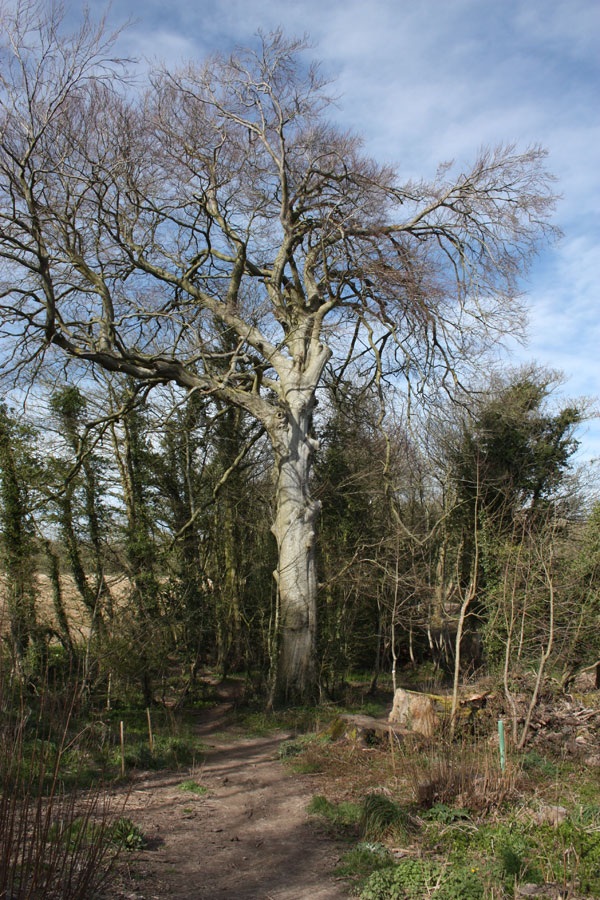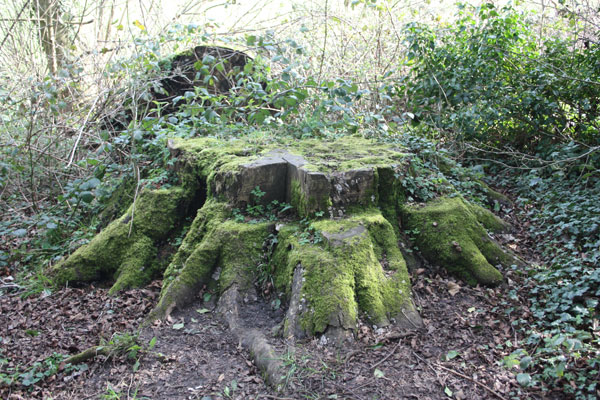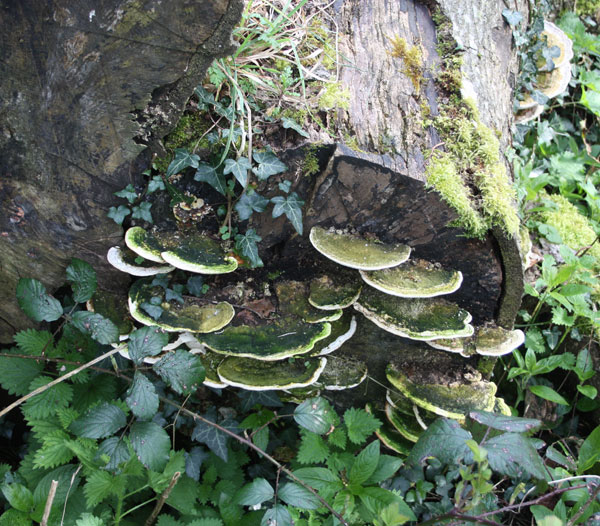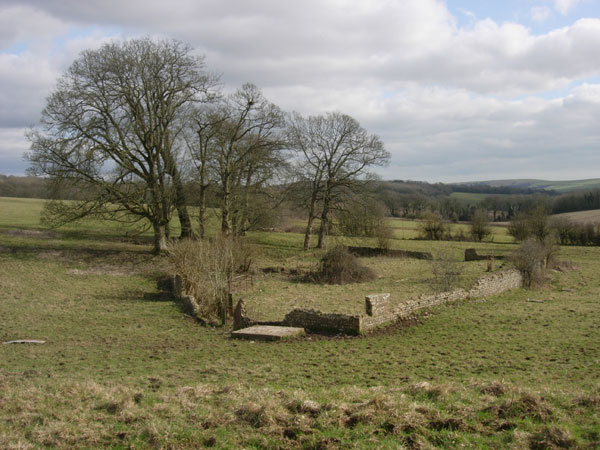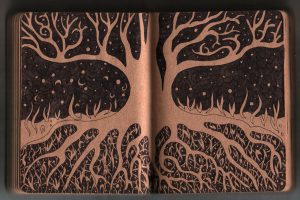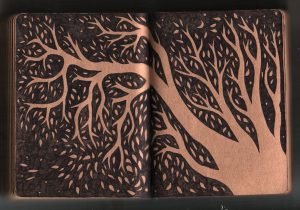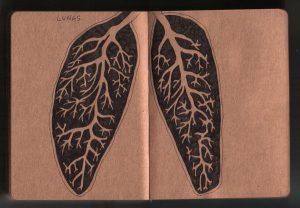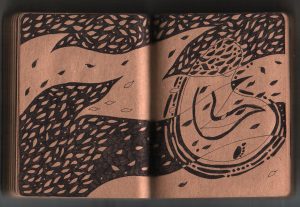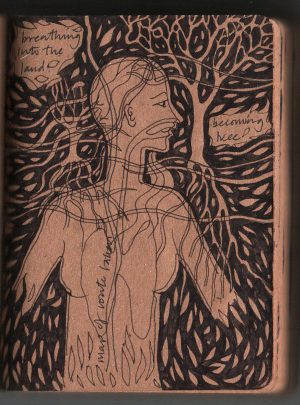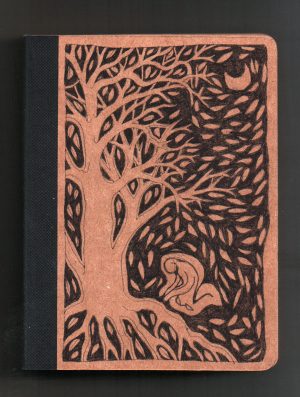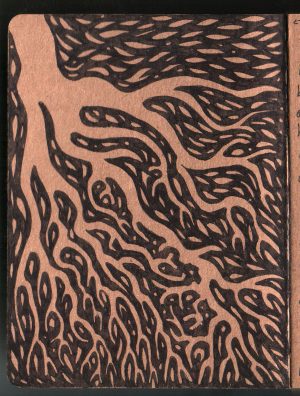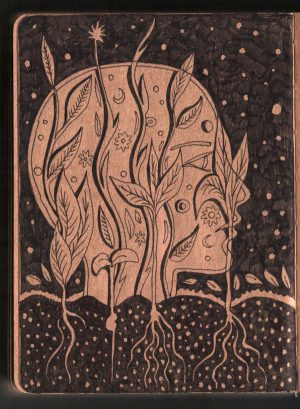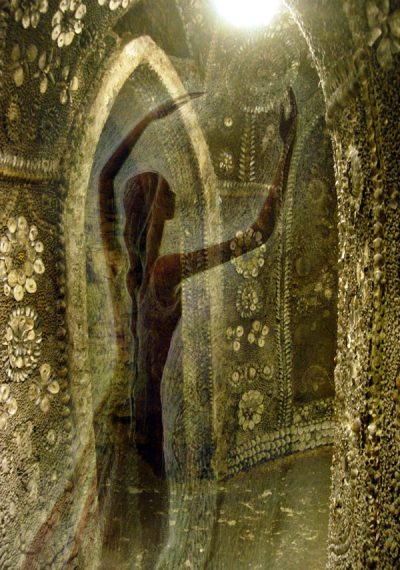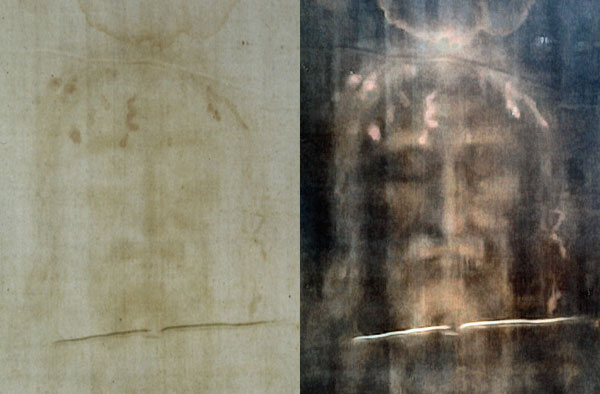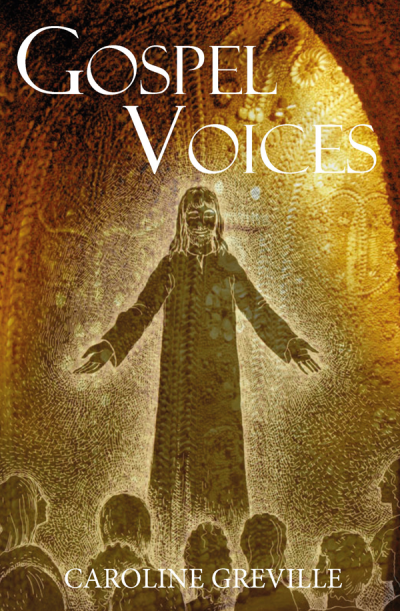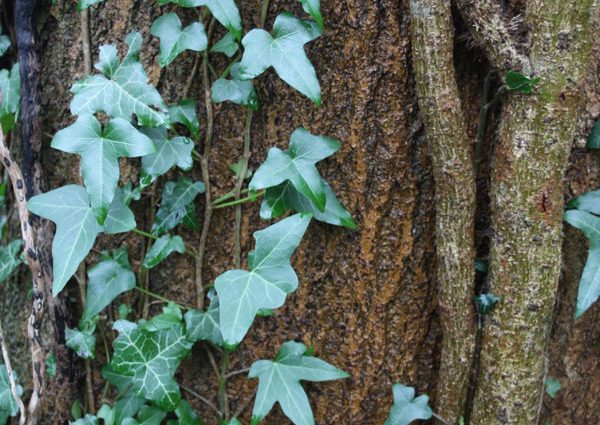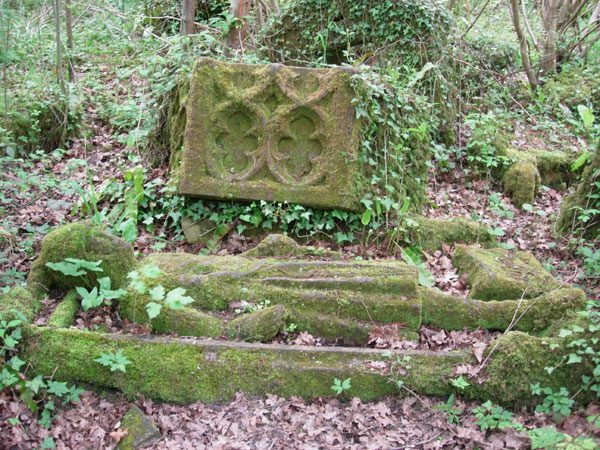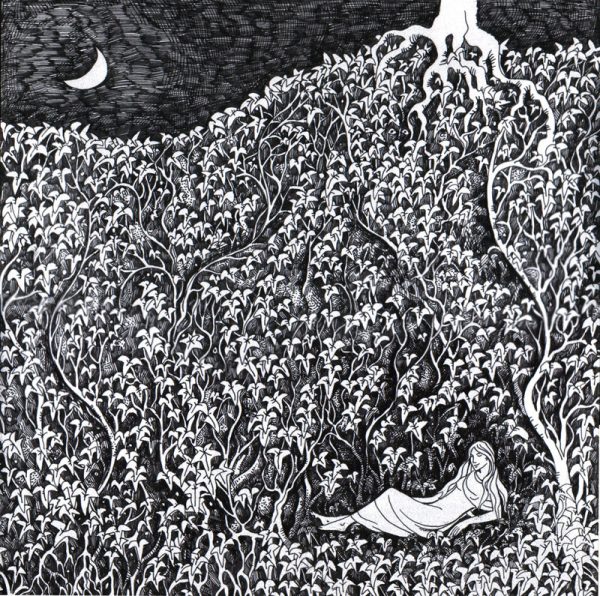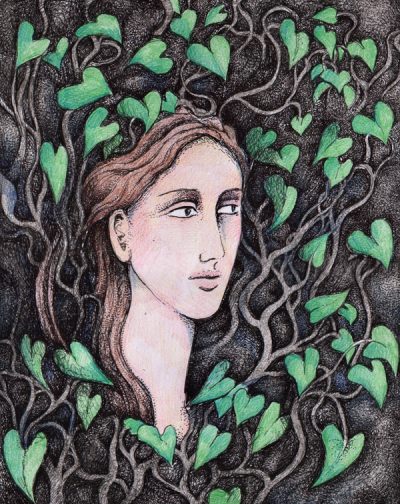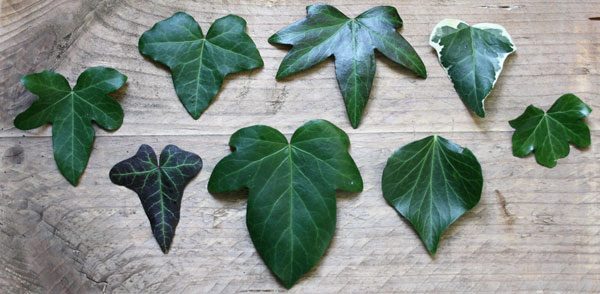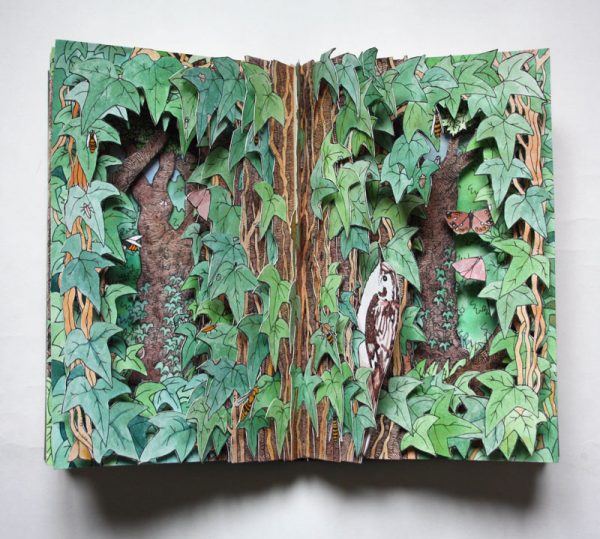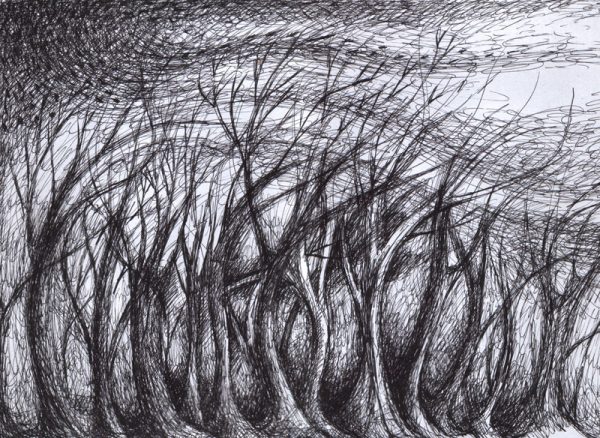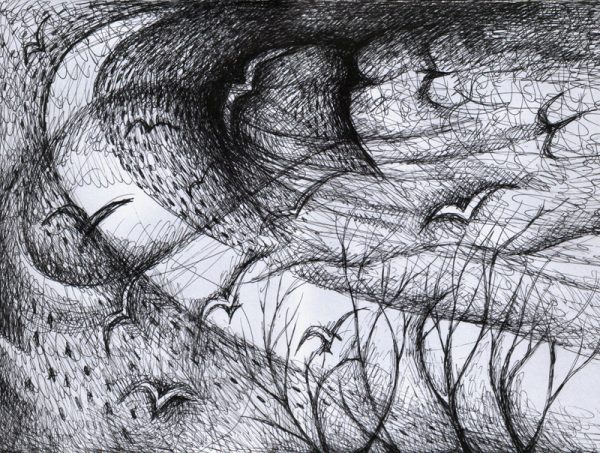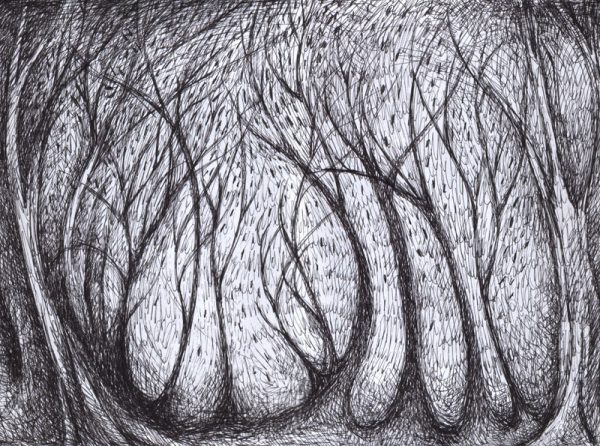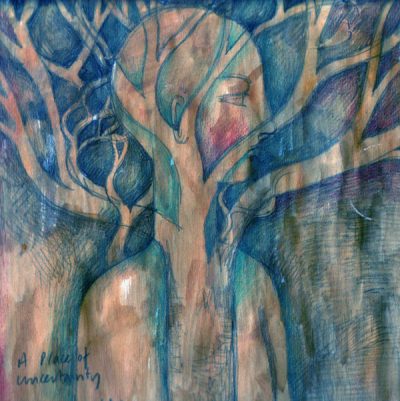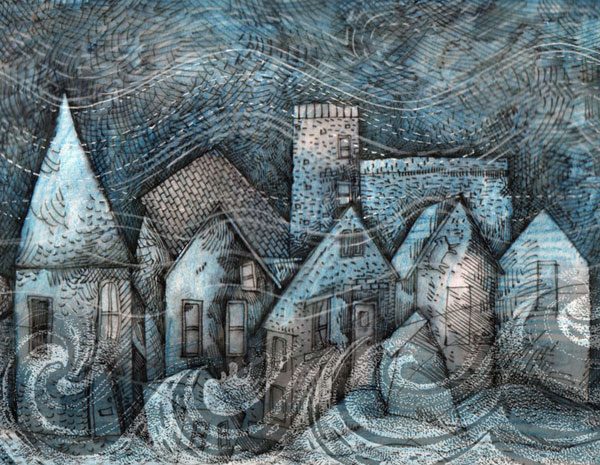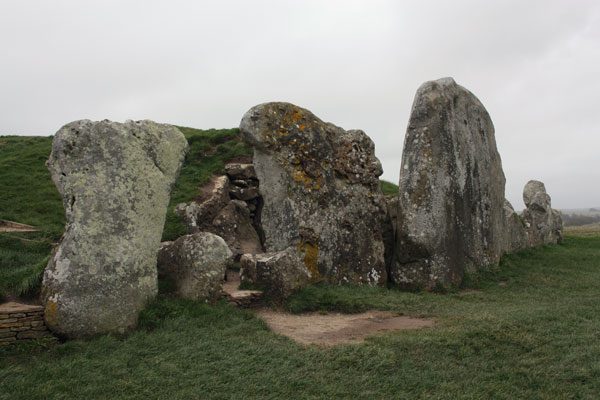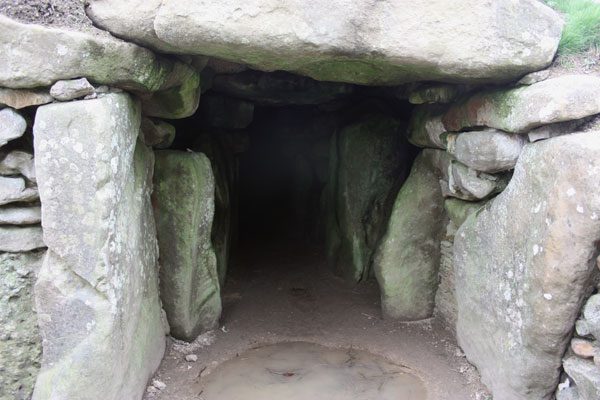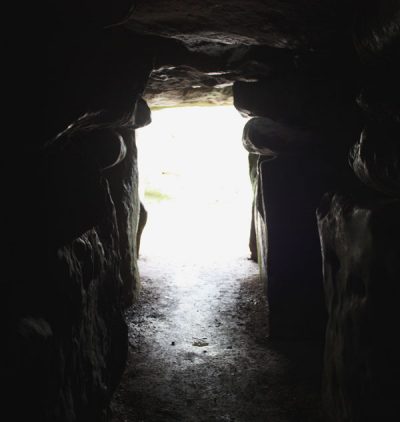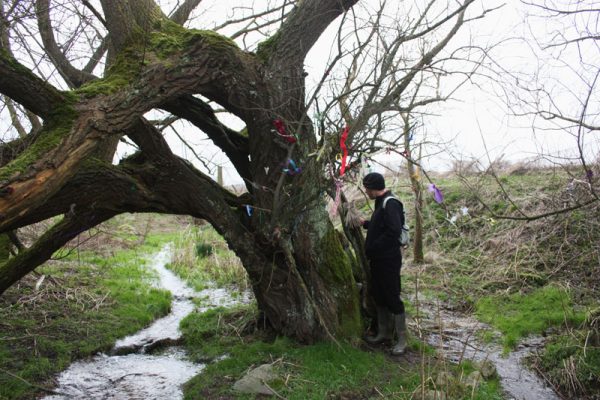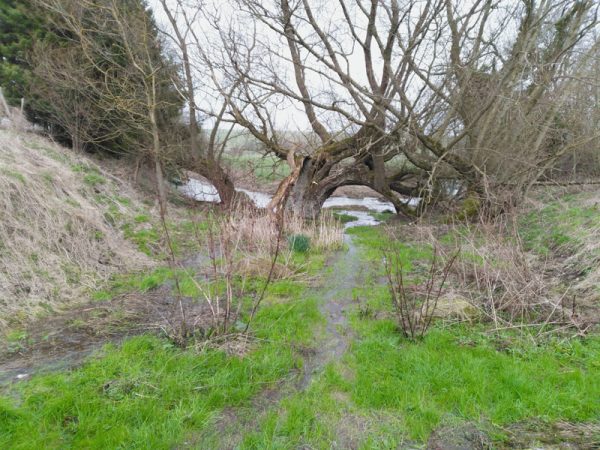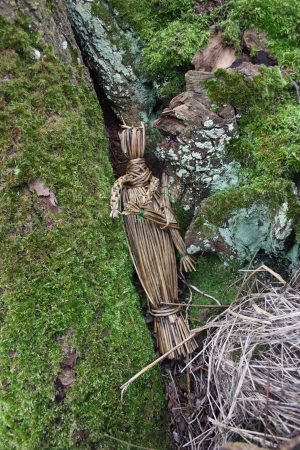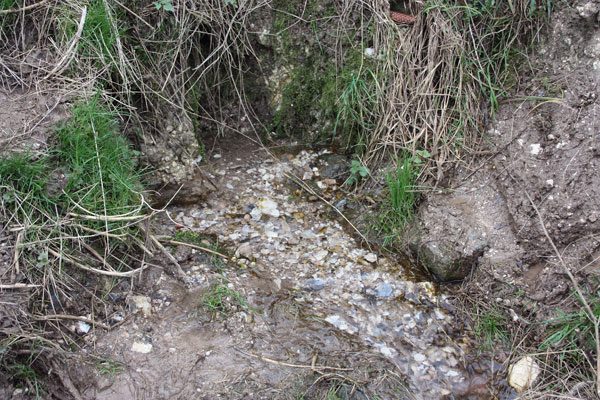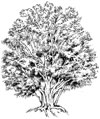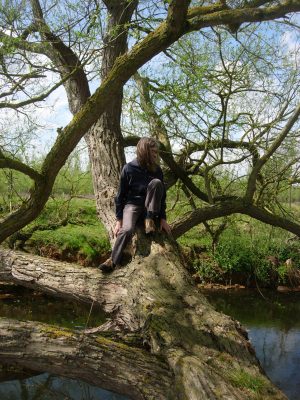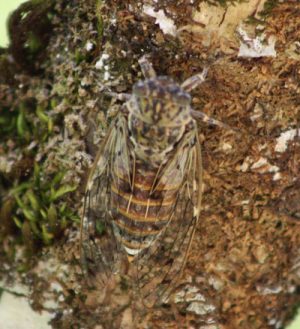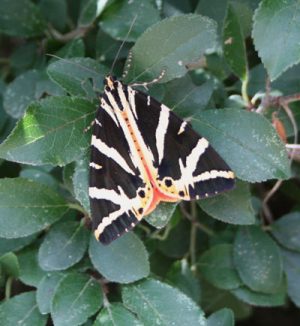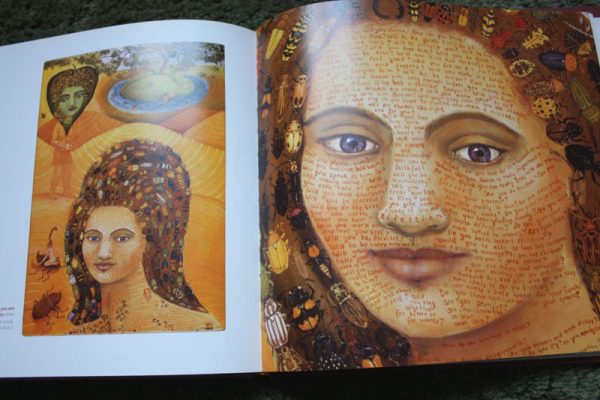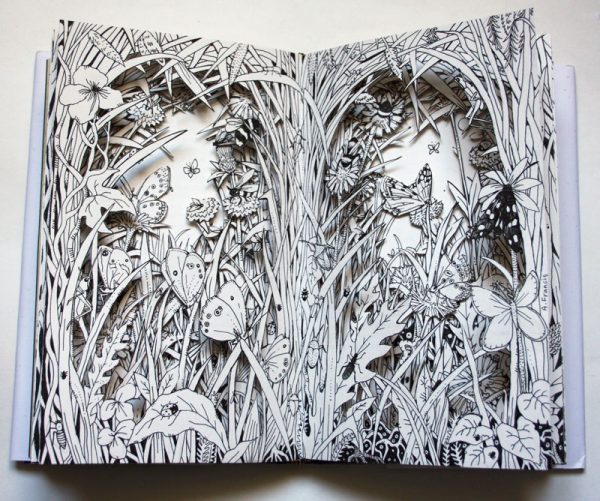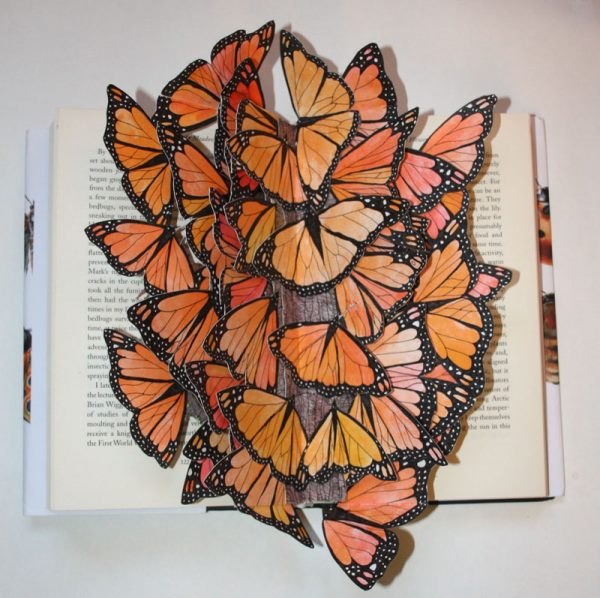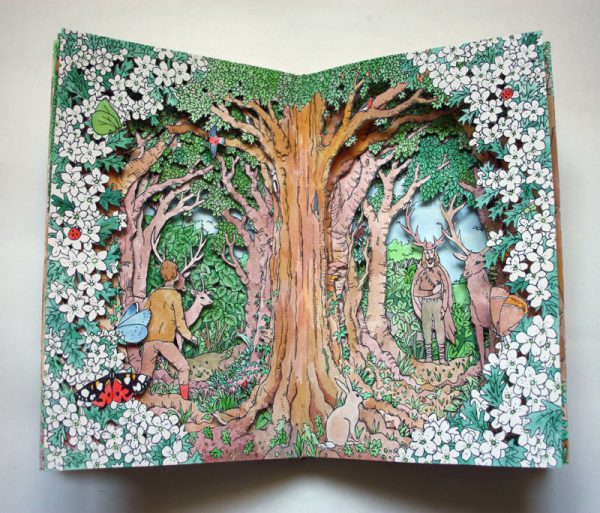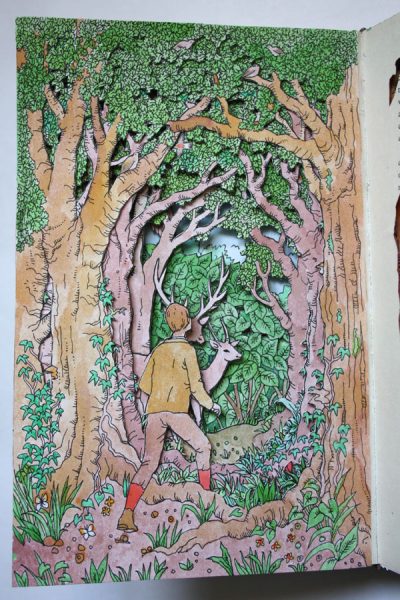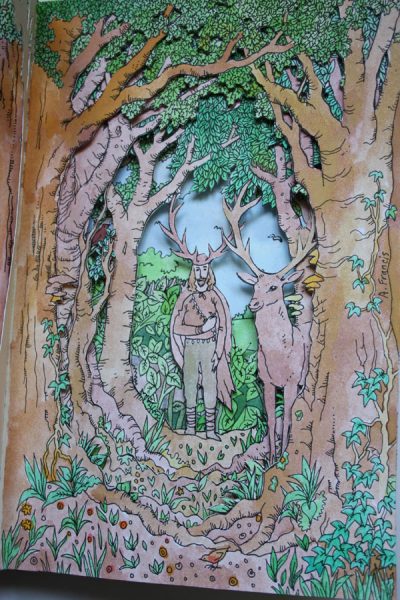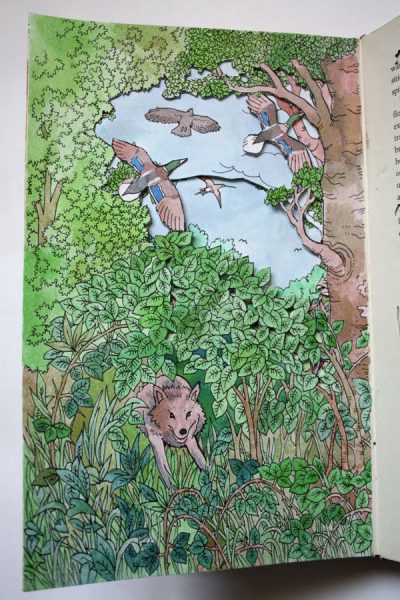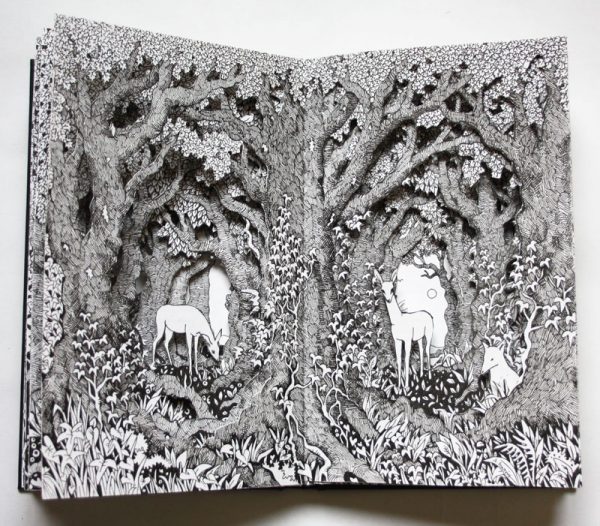Last December, before lockdown, Kevin and I went for a night walk up Wolstenbury Hill beneath a near full moon. The hill is one of my favourite local downland sites and I’ve mentioned it in a previous blog post. We have been on various night walks over the years, but this time I was inspired by the paintings of Samuel Palmer and wanted to see if I could get the same feeling beneath moonlight in a rural setting as I get from looking at his work. I also wanted to try to take a good photo.
My favourite work of his is Harvest Moon. I have a tatty postcard of it that I bought on a visit to the Tate Gallery years ago. You can read an interesting piece about Harvest Moon here:
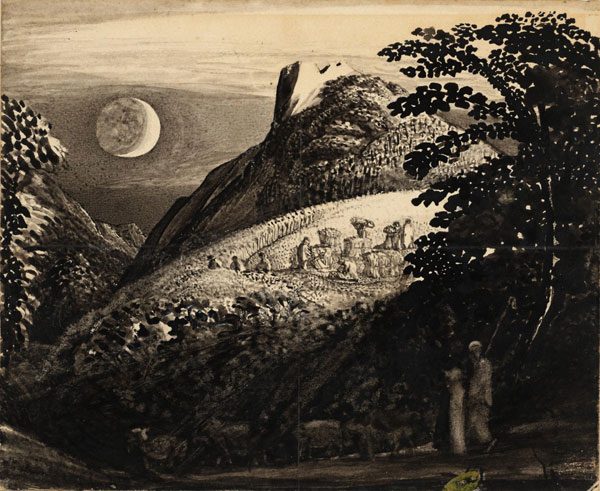
Our walk began on the road to the north of the hill where we parked. There was no need for a torch except for the dimnest parts of the path where it was quite muddy. The moon was bright, almost full and beamed with it’s cool rays through the trees.
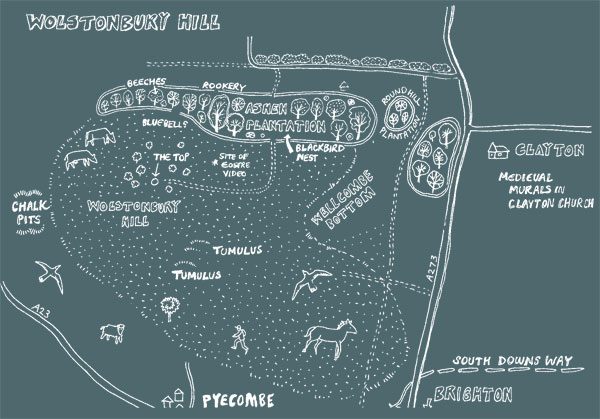
The wood was silent, no bird sound or rustle, but we could hear the A23 to the east and once we were clear of the wood and ascending the hill, we could see the bright glittering streams of cars and the jewel-like clusters of Hassocks and Burgess Hill. The sky was the colour of burnished silver. A dark bird flew low and silent over the hillside.
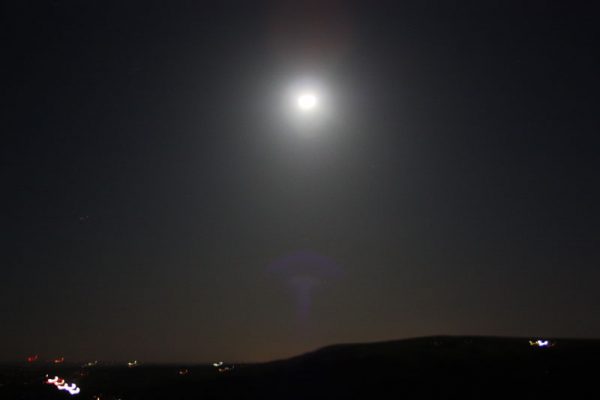
We paused to take photos, balancing the camera on a stile post. Then we proceeded up the hill, our shadows leading the way – moonlight shadows. (I am reminded of the song by Mike Oldfield that I used to listen to on my Walkman while sitting in the willow tree of my childhood home at night surrounded by the nightlife of the city streets.)
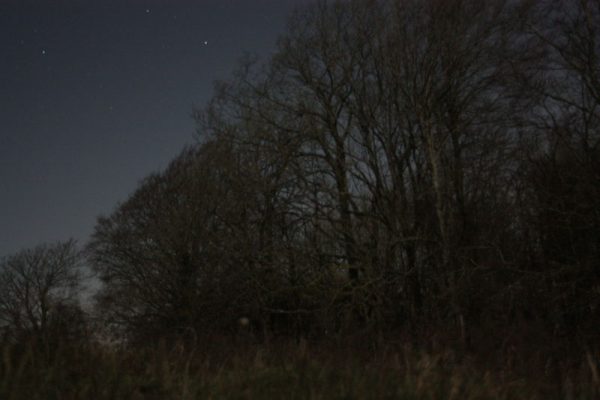
The woods looked so quiet, still, self absorbed and eery. It felt as though we were being watched. Perhaps we were. I didn’t feel the tranquil, nostalgic feeling evoked by Samuel Palmer’s Harvest Moon. Instead I felt the night and moon as impersonal, the feeling reinforced by the sound of the main road. How the traffic encroaches!
On our visit to see the David Nash exhibition last year, we popped into the gallery library where there was a small display of photographs by Allan Grainger, Downland Gloaming. I was curious about whether I could also capture the downland at twilight. Allan Graigner has been inspired by Eric Ravillious and Edward Thomas, who both cherished the South Downs. His work is informed by “…the way the land holds a palimpsest of memory in the twilight, revealing itself and feeding the imagination”.
You can see his photographs on his website.
Later I discovered the image below, Paradiso Canto by Gustave Dore, an illustration for Dante’s Divine Comedy. It features the ‘highest heaven’ which “… appears in the form of an enormous rose, the petals of which house the souls of the faithful. Around the center, angels fly like bees carrying the nectar of divine love.”
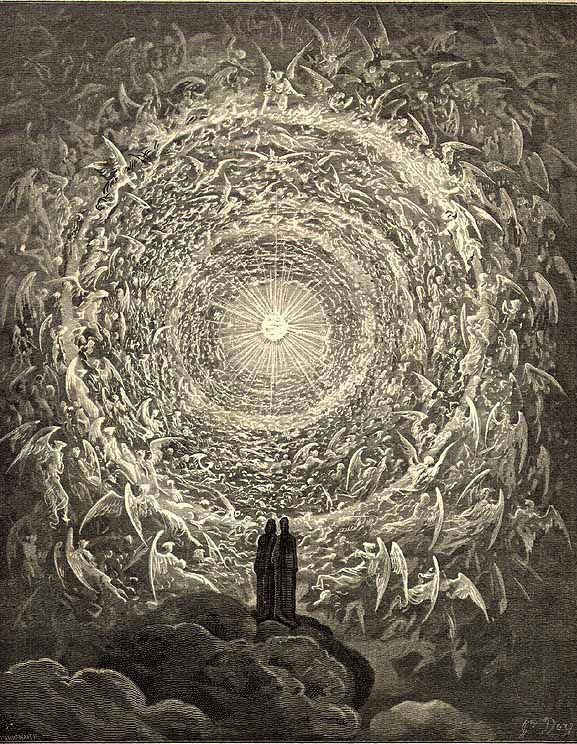
Inspired by this image, I’ve created a large pen and ink illustration of the moon surrounded by a chaotic ring of animals, Moon Animalia:
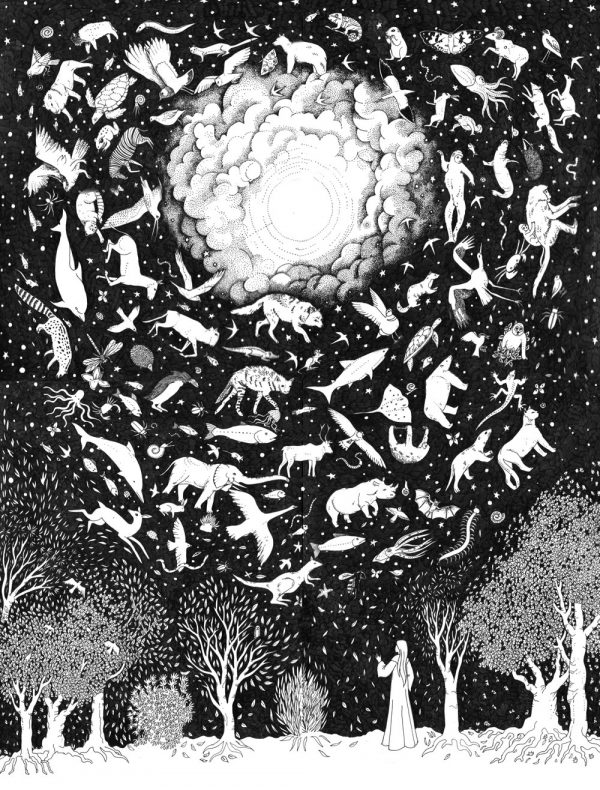
I realise I’ve just missed posting this at May’s full Flower Moon.
I started this illustration last year and put it aside to do other things. It is drawn on four separate sheets of A3 paper – I chose to do this as I can only scan A3 and then only in two separate parts. Looking closely you may see a few mangled animals where I haven’t joined the sheets very well! I’ll endeavour to work on this at some point :)

